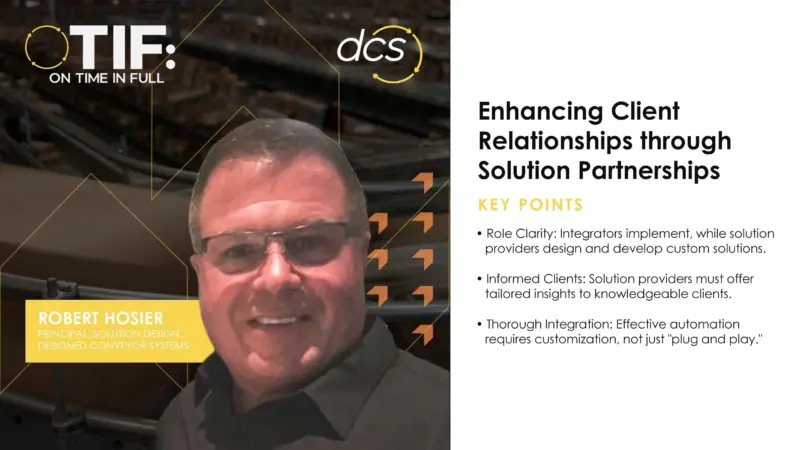What’s the Right Metrology for My Parts?
For this installment of Metrology Matters, Srini Varre, Technical Specialist at Global Power-Train, and Dave O’Leary, Director of Quality Assurance, at Accumold lent their expertise to help break down the world of metrology equipment. A question often asked is, ‘what’s the right metrology for my parts?’ Varre and O’Leary came equipped with some answers.
Using Global Power-Train as an example, Varre said, “When we take a look at any program, for us it’s when a new powertrain comes in. Whether it’s an electric powertrain or hybrid powertrain, if it’s an existing product design and we’re just taking a look at some of the components of the powertrain and trying to improve the performance, the parts community comes out they will try to reduce the tolerance.” The process varies depending on if it is a whole new design or just a design enhancement or refinement.
For O’Leary, metrology considerations come into play as soon as his company quotes a job. “We look at it right up at the front end, we review the models and the prints to see what types of tolerances are required, and make sure our metrology equipment is capable of handling that and getting the data we require,” O’Leary said. “A lot of the customers are very specific based on their industry and also wanting data. We have to look at not only measuring the parts but capturing that data.”
“The tolerance of the feature is the most critical component we look for,” Varre said. “Because as the tolerances get tighter, the requirements and the metrology equipment become more stringent in terms of maintaining it to get that accuracy.” And while Varre said in-house, they have a set of standard metrology equipment they use, if a project calls for a requirement the equipment can’t measure, they’ll procure a metrology gauge to satisfy it.
Follow us on social media for the latest updates in B2B!
Twitter – @MarketScale
Facebook – facebook.com/marketscale
LinkedIn – linkedin.com/company/marketscale







